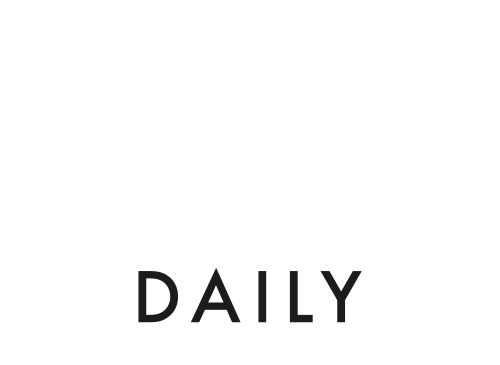When the supply of vehicles and docking bays is working in harmony with user demand, this could be called an optimal state. At least this is what Urban Sharing believes has become the industry standard.
However, the firm has found that in practice this concept varies from stakeholder to stakeholder.
“The optimal state is in the eye of the beholder,” Urban Sharing’s Chief Revenue Officer Tom Nutley tells Zag Daily.
“And therefore you get this conflict of interest between the riders, operators and municipalities. Everyone has their own agenda and 99% of the time they’re not aligned.”
Explaining this conflict, Urban Sharing’s Senior Project Manager Peter Cutler, adds: “Tech companies promote the idea that their algorithms can determine the perfect solution but there is no magic bullet that can determine what is optimal for each party as they all have different priorities.
“These platforms are only as good as the targets they are being measured against.”
Ideally a user locates a bike that is available when they need to hire one and then a dock is free when they have finished their ride.
However, municipalities generally want to see a certain level of availability of bikes and scooters at key landmarks such as train stations, and will stipulate the amount of each vehicle type that should be ready for hire at each point.
“Operators will then have a very different idea of what the optimal state looks like depending on their business model,” adds Nutley.
“Many derive revenue from every ride that is completed, while some public schemes are based on an operational fee or budget that is agreed after winning the tender. And then there is a middle ground which combines these two models.”
As a result, the municipalities and operators are failing to work together in most instances, doing a disservice to the riders in the process.
Disconnect between KPIs and user need
Cutler uses the example of a public transport network where infrequently used bus stops are not removed from the schedule, even though they are not serving the majority of the users. This, he says, is emblematic of the current KPIs being placed on operators.
“Micromobility operators might be forced to meet a KPI, leaving them unable to supply devices to the areas where the largest amount of demand from riders exist,” he explains.
“The users lose out because the operator is being held hostage by the KPIs that have been set that are not reflective of reality.”
Nutley explains that KPIs are often unrealistic given how the service works in practice, such as expecting a 95% availability rate when the system is very popular and therefore breakdowns are inevitable. Other KPIs they have experienced include expecting repairs to take no longer than 24 hours.
Meanwhile, these KPIs often come attached with punitive financial penalties that can be as much as several thousand pounds per percentage point of availability shortfall.
“There cannot be metrics in place that negatively impact user experience because then the design of the whole system is broken,” he says.
“Too often the municipalities use a copy and paste solution that is not workable.
“The usability of a micromobility system is more important than availability, meaning that rather than every station having available vehicles, the vehicles are situated where the demand exists.”
The effect this has is that operators spend time moving bikes and scooters to areas where they might not be needed or completing tasks to avoid fines rather than for the benefit of the system or user. This is particularly important as firms across the industry look to prove their profitability and remain loath to expand their operational teams.
Finding a solution
According to Fluctuo’s annual review, ridership of dockless bikes across Europe increased by 54% in 2023, while fleet size also increased by 50%. These figures show the growing demand for shared micromobility and its potential if the issues highlighted above can be ironed out.
With this in mind, Urban Sharing hopes to encourage municipalities to view their micromobility systems through a more holistic lens and provide wider availability that is purely focused on meeting the demands of users.
“The long-term solution is about building alignment so that when tenders are issued, the metrics that are put in place make sense,” says Nutley.
To better serve their residents, Nutley believes that municipalities need to host an open forum with the operators in order to determine what a good service looks like for each stakeholder before looking to create a greater sense of alignment.
“The only way to facilitate first and last mile travel and reduce dependency on single occupancy petrol cars is to maximise the availability of bikes, e-bikes and e-scooters,” he argues.
“But this requires everyone rowing in the same direction and putting their own agendas to one side. The operators point their finger at the municipalities and vice versa, but no one is willing to initiate a conversation so that they can get on the same page. This must change!”





